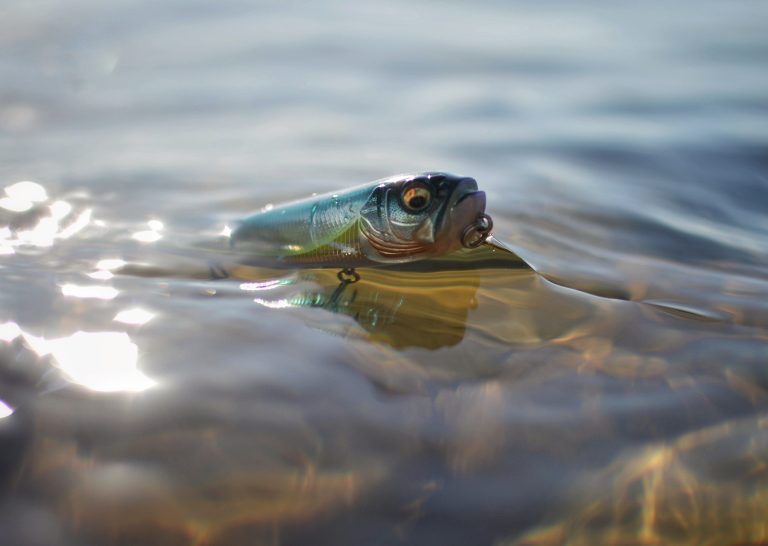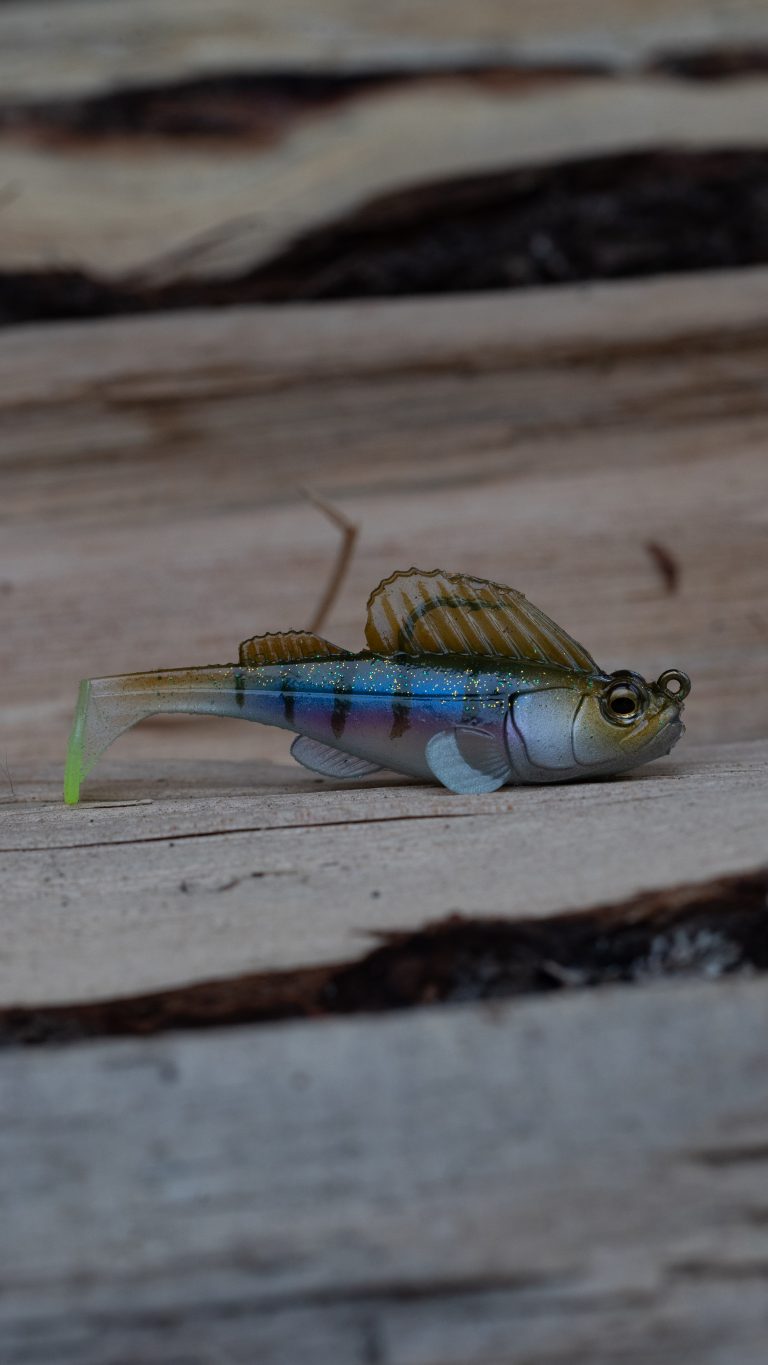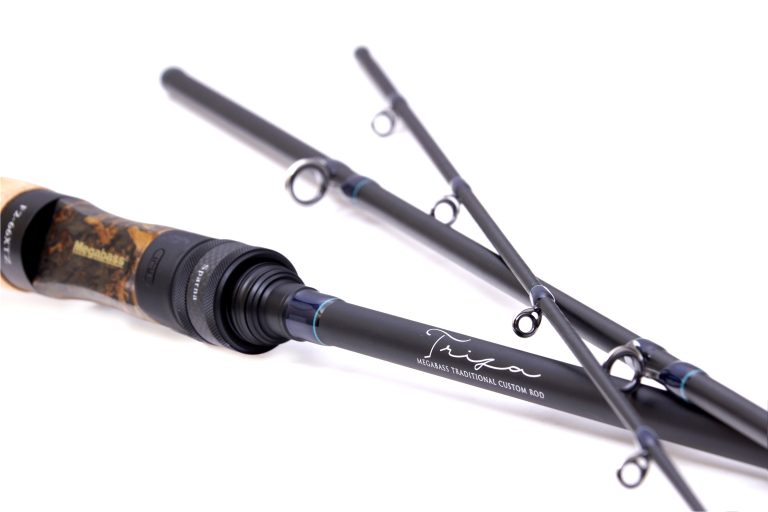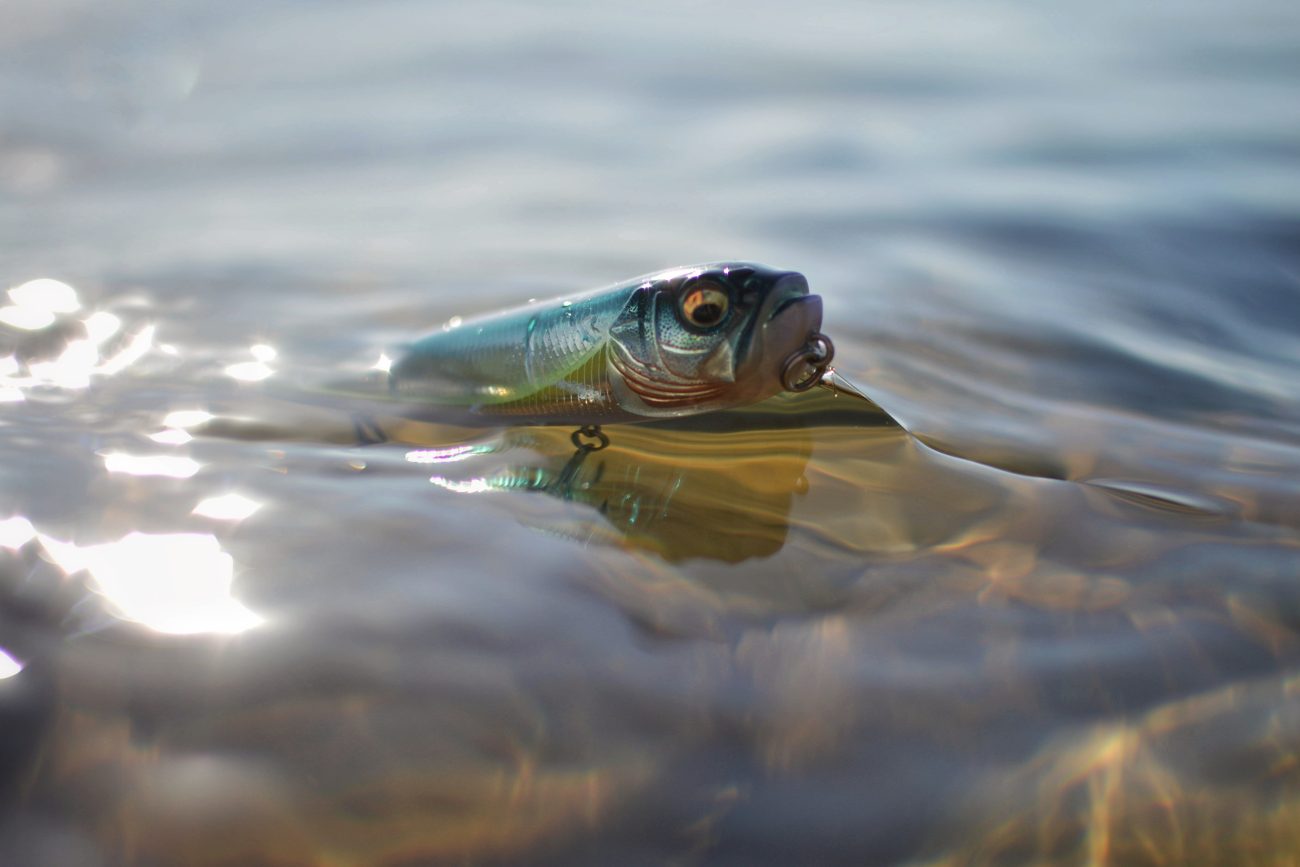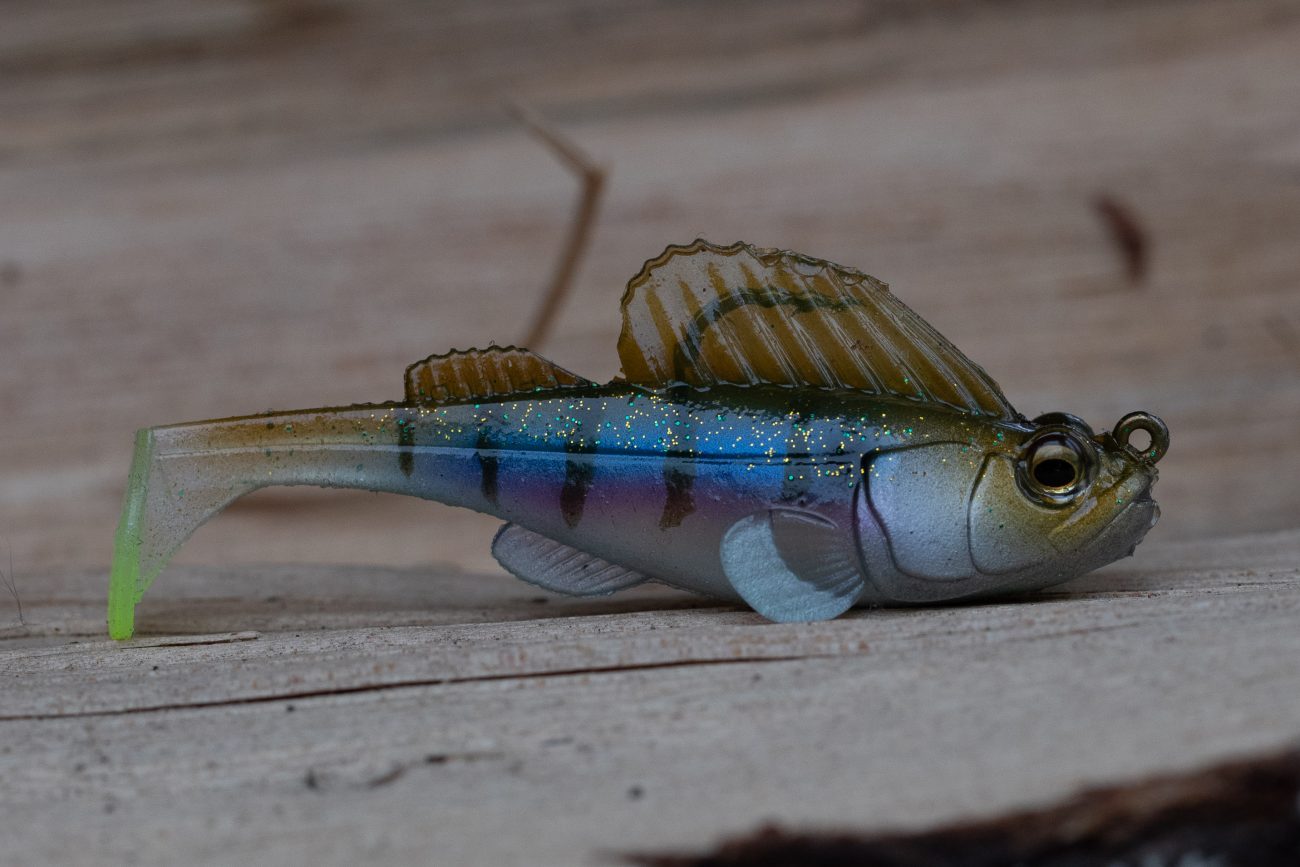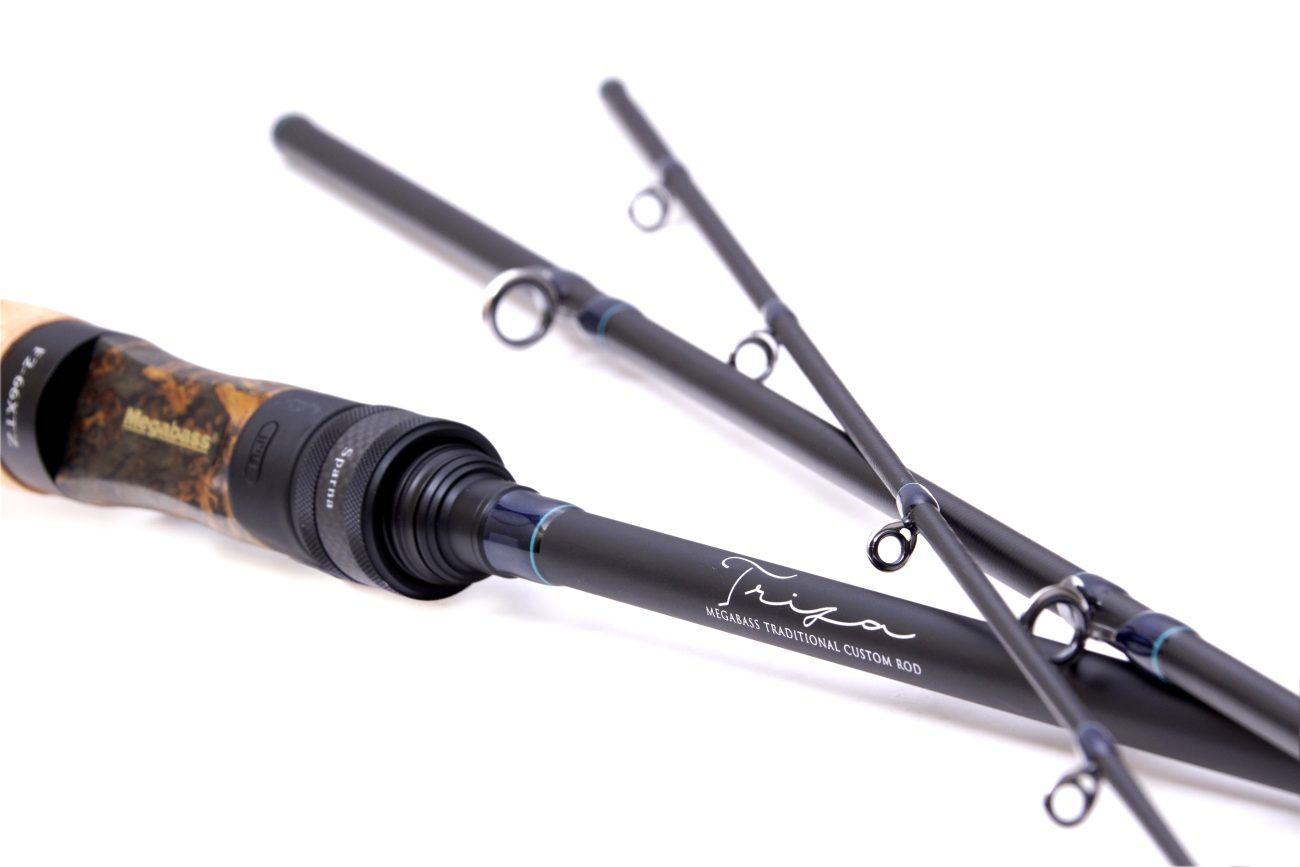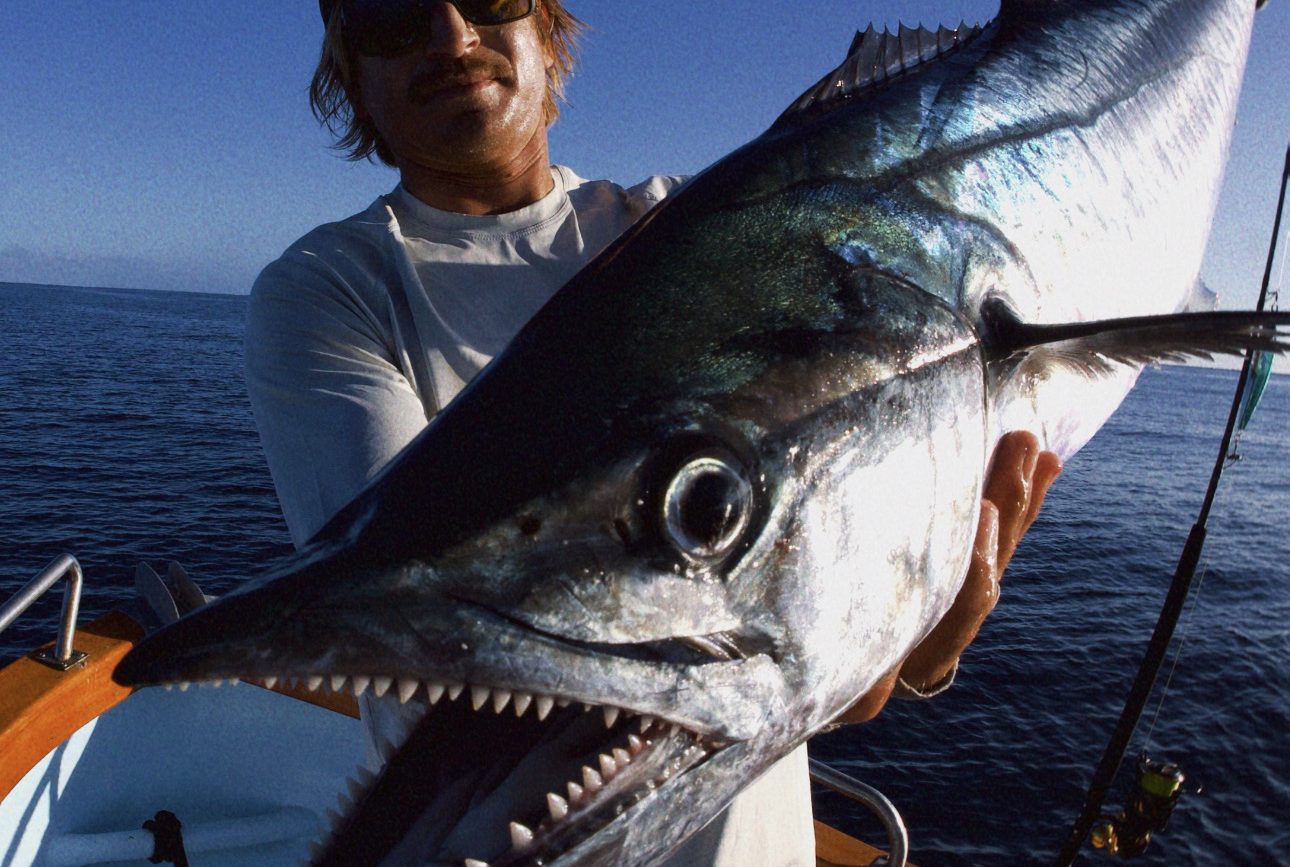Cold weather jerkbaiting is an effective way to catch lethargic and non-committal bass, but it also sits on a fragile precipice – any failure to dial in the correct size, cadence or suspending attitude of your chosen lure can mean the difference between a full livewell and a goose egg. Color is equally important, and at times even more so, because this technique depends on bass feeding by sight. At a time when extended pauses are frequently critical, bass have extra time to examine their prey and anything that doesn’t attract their attention, keep it, and convince them of its meal value may get turned down.
“They’re eating shad at this time of year,” said 2016 Bassmaster Classic winner Edwin Evers. “It’s not like you’re trying to imitate a crawdad. When they’re looking up from below or out from under a dock, it’s more about action and flash. When the shad are dying off, bass have a lot of bait to choose from. I’ve got to make mine sexier than all of the other shad out there.”
Chris Zaldain agreed that it’s critical to distinguish his bait from the other food options available without tipping off his quarry that they’re looking at something unnatural. While most anglers start with 3 ½ to 4 ½ inch jerkbaits, his default size is bigger when possible, specifically with the Vision Oneten Magnum, a five-plus inch model. “It’s probably been my favorite jerkbait the last two years,” he said. “I don’t care what time of year it is, I have it tied on. What’s amazing about it is that you can maneuver it just like a square bill or spinnerbait.”
Both Elite Series winners keep their color choices fairly simple, although they recognize the need for variations on a theme. “For me, the general rule is that the clearer the water, the more transparent the bait should be,” Evers explained.
Zaldain characterized himself as a “three color guy,” with the categories of colors he utilizes depending primarily on water visibility, with a nod to forage and other considerations as well. He starts at the high end of the visibility scale, in water with 10-plus feet of visibility, with transparent colors like GP Pro Blue or GP Skeleton Tennessee, which evoke forage in many waters. “GP,” in this case, stands for “Guanium Phantom,” a subtle, softly reflective layer that is transparent when viewed from the side, but gives off a refined flash at angle.
From there, as the water gets a tinge more stain, he’ll turn to models that are half transparent, half flash finishes. In particular, he relies heavily on the HT ITO Wakasagi. “It’s my best all around color,” he explained. “It has a brown back and just a little bit of purple. It looks just like the threadfin shad in the lakes we fish and you can find those same colors in bluegill. I definitely use that one the most.”
In 2 to 5 feet of visibility, as well as in tannic waters, he likes M Shad and Ozark Shad, which he called an “old school” solution to those circumstances where “you want a lot of flash.” Both patterns feature a dark back and solid flashing sides which provide “a nice contrast.”
While he often prefers a spinnerbait under cloudy skies, Zaldain noted that when the bass ignore his blade bait’s action and the jerkbait is the only thing that’ll get their attention, he wants a bait that “glows.”
“Something full-bodied translucent like Sexy French Pearl or the new Kameyama Ghost Pearl is the best for me under those circumstances,” he explained. “When it seems like there’s no sunlight, it catches whatever little bit of light there is in the water.”
Evers makes his color selections based not only on water color, but on light penetration from the sky. Extremely cloudy or extremely sunny conditions may alter his choices slightly. Nevertheless, he still operates by the same basic rule as Zaldain: “For me, the clearer the water, the more transparent the bait should be,” he said. “If it’s stained and/or cloudy, I want a solid body. One that doesn’t transmit any light will be easier for the fish to see.
On cloudy days, one of the Classic champion’s favorites is GG Deadly Black Shad, which has a heavier guanium finish than the GP lures, giving off bold flash at any angle. He also likes GG Kinkuro, which likewise relies upon a “Guanium Ghost” paint application.
Another great cloudy day color is Table Rock SP, which has chartreuse dashed on the sides and a pearlescent purple back. As the name suggests, it’s deadly on the multi-species lakes of the Ozarks region, as well as anywhere that spots and smallmouths swim, but don’t overlook it for largemouths, either.
Like Zaldain, Evers called the various shades of Pro Blue a “must have staple for day in, day out use.” Like the Californian, he similarly moves from the GP and GG patterns to the HT versions as the water gets more stained, and his particular favorite is the HT Kossori Shad.
Evers also stressed the importance of having at least one “shocker” color in each color category that you employ.
When fish have seen dozens of Pro Blue models, something similar with a bit of chartreuse or orange can often eke out a few more bites, but Evers advocates an even starker change. “If I’ve gone through the school with my Megabass Sexy Shad or some natural color and catch a few, after the school is busted up I’ll turn around and go back through with a shocker color to try to catch a few more. One color that’s routinely overlooked is Mat Tiger,” which utilizes bright paint colors and a non-glossy finish.
When the jerkbait bite is strong, Zaldain will typically keep at least two or three colors ready to go on the deck of his boat, or even more when the bass are being finicky about colors. Last year at the St. Johns River he found that the fish wanted a particularly flashy look in a situation that might otherwise have demanded a translucent finish, so he stepped outside of his basics and employed Ozark Shad.
The most important part of your lure’s appearance, he concluded, is that “you want as many teeth marks on it as possible.”

